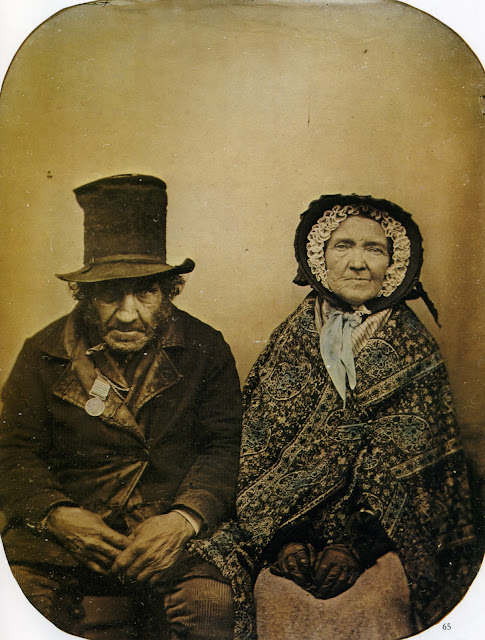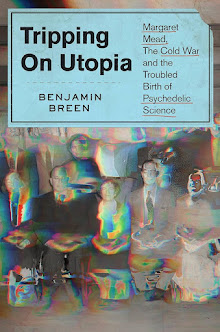As I wrote in my earlier posts on the Prokudin-Gorsky color photographs of pre-Soviet Russia and this very early color motion picture test, there's something really haunting and beautiful about seeing photographs from a vanished era. We're so used to thinking about the past as something hazy and unfamiliar, but via this medium we're able stare in the eye people who died before our grandparents were born. I'm especially struck by this 1860s ambrotype of "a war veteran and his wife," which may depict a soldier of the Crimean War. (Some images are huge - click for more detail).
Some other standouts, with dates and info when available:
 |
| Civil war soldier, 1860s? |
 |
| Passmore Williamson, abolitionist. 1856-60. Source: Boston Public Library. |
 |
| Ambrotype of three Brazilian students of Law School in Olinda, c.1858. (Source:Os Fotógrafos do Império. Bia e Pedro Corrêa do Lago). |
 |
| Ambrotype of João Maurício Wanderley, son of the Baron of Cotegipe, c.1858. Brazil. (Source: VASQUEZ, Pedro. Dom Pedro II e a fotografia. Rio de Janeiro: Internacional Seguros). |
And finally, the image which led to me ambrotypes in the first place: Fanny Brawne, the muse of John Keats, recently depicted on film by Abbie Cornish in Jane Campion's Bright Star. (I can't recommend this movie highly enough for anyone into English period films - its very well done.) For those interested in the history of photography, a recent book by Harvard History of Science Professor Jimena Canales looks like an interesting read. A Tenth of a Second: A History











6 comments:
The first three are pretty creepy... with the inverted b/w. And the couple in the 3rd are creepy...just because they are.
Passmore Williamson, with his airbrushed, appled cheeks is pretty hilarious by today's aesthetics.
The 3 law students--with more subtle appled cheeks--are pretty HOT tho'! Well, the two on the sides anyway. The middle one has way too "Johnny Depp" of a hairstyle. Yuck.
I've been having fun skipping around yr blog!
I think the war veteran has to have been a Napoleonic Wars vet! The portrait of them looks barely into the 1860s and Crimea ended 56 I think. He looks well into his 60s (even figuring they looked more worn back then).
you might like these (not ambrotypes but generally on 19th century images):
http://bit.ly/erXzUo
http://bit.ly/dZIX5h
Cheers.
Many thanks! Some really neat images on your blog - I especially like the snow day details and the allison schulnik paintings.
As for the war veteran, my first thought was that he had to be Napoleonic as well, but the wikipedia info for the photo said Crimea so I just went with that. If he is a Napoleonic war veteran - and I suspect he might be -- what a great image! So bizarre to see a photo of someone who was probably born in the 18th century.
I've just discovered your website and I think the war veteran must be from the Napolionic Wars. Even Wikipedia get it wrong! The Crimean War was between 1853 and 1856 and the veteran looks to be in his 60's or 70's, which means he was probably born towards the end of the 18th century. Imagine that? You're looking at a photograph of someone born in the late 1700s. It's a wonderful piece of history. I also love the fingerprints shown all over the first image. I can't get enough of 19th century photographs and I just wish the camera had been invented earlier.
I remember wondering the same thing (about whether the war veteran was actually from the Napoleonic wars). I was going off of the Wikimedia Commons page which has this note: "He appears to be wearing a British Crimean War medal with bars." People certainly appear to have aged more quickly in the nineteenth century, based on the photos I've seen, so its possible that he fought in his 40s and was only in his late 50s here. Life was tough back then.
On the other hand, its also possible that he bought the medal at some Parisian market and just wore it as a decoration!
Post a Comment